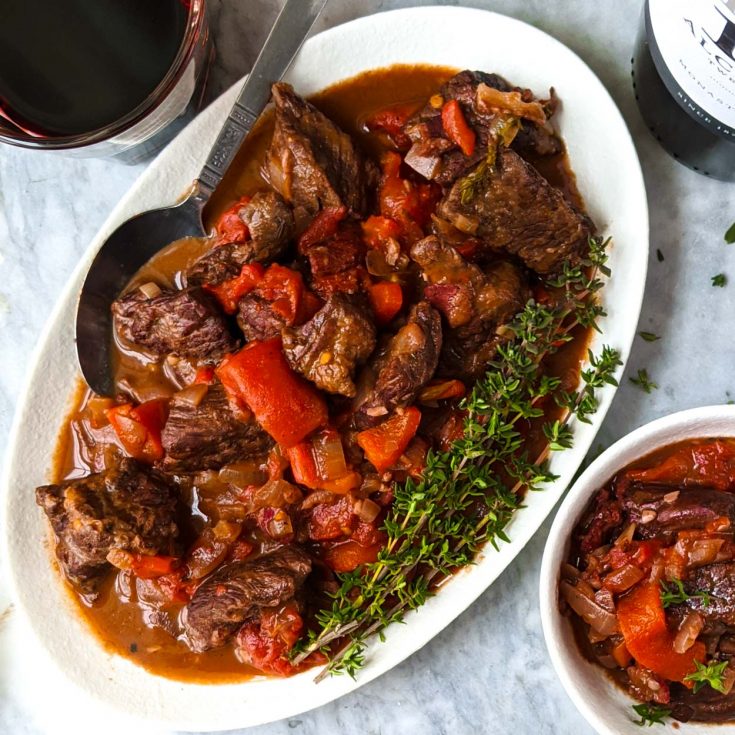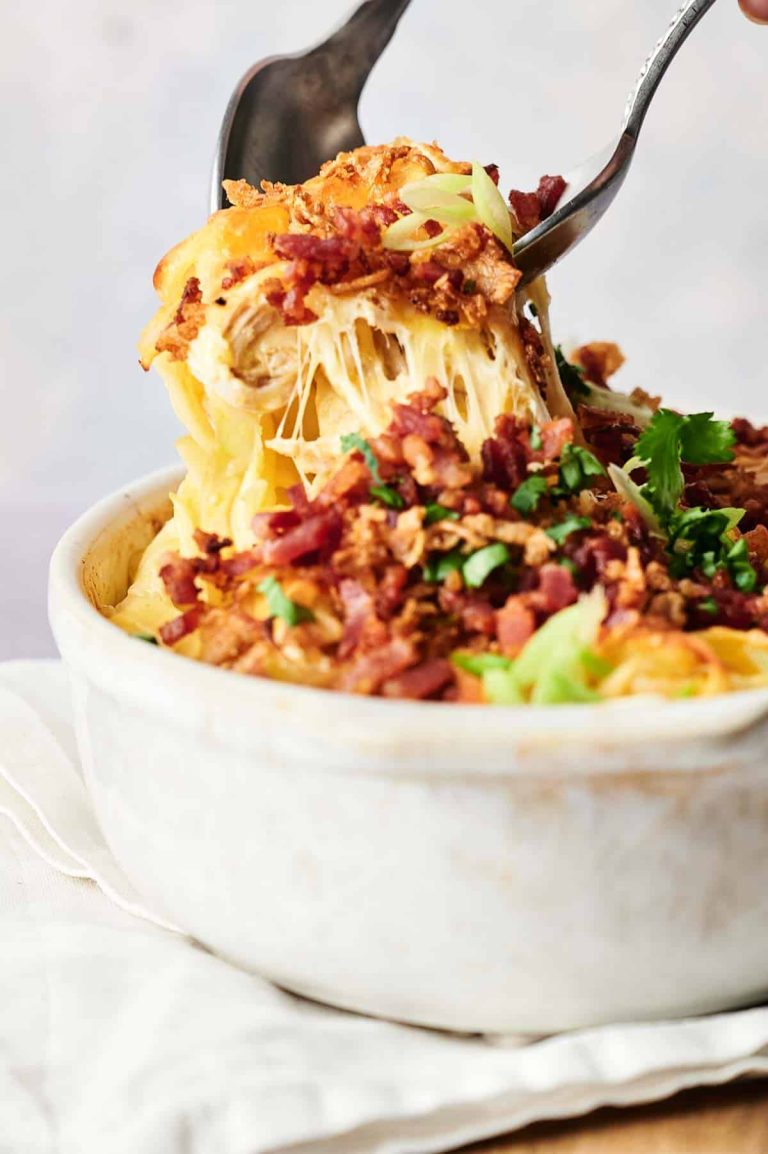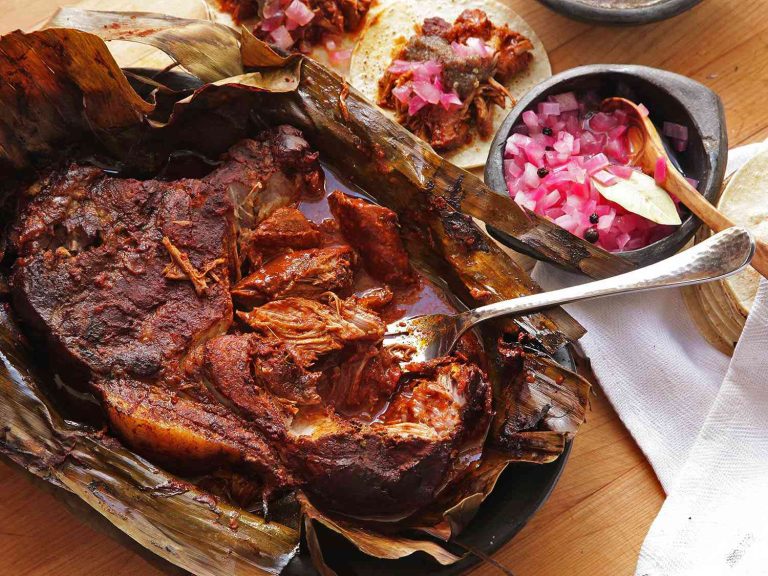Spanish Beef Stew Recipe: Easy Steps, Serving Tips & Wine Pairings
Spanish cuisine features regional diversity and bold flavors. Regions like Andalusia and Catalonia have distinct culinary identities. Common ingredients include olive oil, garlic, tomatoes, and peppers. Traditional dishes like paella, gazpacho, and tapas showcase these elements. Spanish beef stew, known as “estofado de ternera,” incorporates these ingredients and methods. This hearty stew typically includes beef, potatoes, carrots, and fragrant spices. By adapting traditional recipes for slow cookers, you maintain authenticity while enjoying modern convenience.
The Rise of Slow Cooking Methods
Slow cooking has gained popularity for its simplicity and efficiency. First introduced in the 1970s, slow cookers quickly became household staples. They allow you to prep ingredients quickly, then cook meals unattended for several hours. This method enhances the flavors of dishes like beef stew by allowing ingredients to meld over time. It’s especially beneficial for tougher cuts of beef, which become tender and flavorful after slow cooking. Today, many traditional recipes, including Spanish beef stew, have been adapted for slow cookers, offering you a perfect blend of tradition and convenience.
Key Ingredients and Substitutions
Essential Ingredients for Authentic Flavor
To achieve authentic Spanish beef stew, use traditional ingredients prominently found in Spanish cuisine. Beef is the primary protein, with chuck roast being the preferred cut for its balance of flavor and tenderness. Olive oil, a staple in Spanish kitchens, aids in browning the meat and sautéing vegetables. Garlic and onions provide a robust base, while tomatoes add depth.
- Beef (Chuck roast): Opt for this cut because it tenderizes well during slow cooking.
- Olive Oil: Use extra virgin olive oil for a more authentic taste.
- Garlic and Onions: Ensure they are fresh to enhance the stew’s aroma.
- Tomatoes: Preferably peeled and chopped or canned tomatoes.
- Peppers (Bell Peppers): Red or green bell peppers for sweetness and color.
- Potatoes and Carrots: These root vegetables add heartiness to the stew.
- Spices (Paprika, Bay Leaves): Paprika gives a mild smoky flavor, while bay leaves add earthy notes.
- Red Wine: Often used to deglaze the pan and add richness.
Alternative Ingredients for Dietary Restrictions
Ensure everyone can enjoy your stew by making thoughtful substitutions for key ingredients. Substitute beef with a plant-based protein for vegetarians or those avoiding red meat. For gluten-free needs, ensure spices are free from fillers containing gluten. Enhance flavor without compromising dietary needs.
- Plant-Based Protein: Use seitan or tempeh to replace beef.
- Vegetable Oil: If avoiding olive oil, use vegetable oil or avocado oil.
- Gluten-Free Spices: Verify spices like paprika and bay leaves are gluten-free certified.
- Tomato Paste/Reduced-Sodium Stock: For lower-sodium diets, use reduced-sodium tomato paste and stock.
- Non-Alcoholic Red Wine/Vinegar: For alcohol-free options, use non-alcoholic red wine or red wine vinegar.
Incorporate these essential and alternative ingredients to craft a delicious, inclusive Spanish beef stew.
Step-by-Step Guide to Making Slow Cooker Spanish Beef Stew
Preparing the Ingredients
Start by gathering fresh ingredients. Use 2 pounds of beef stew meat for the best texture. Dice 2 medium onions and mince 4 garlic cloves. Chop 2 bell peppers and 4 ripe tomatoes to add sweetness. Measure 2 tablespoons of olive oil to enhance richness. Include 1 teaspoon of smoked paprika for a distinct Spanish flavor. Prepare 1 cup of beef broth and 1 cup of dry red wine to create a rich stock. If avoiding alcohol, substitute the wine with additional broth.
Layering Flavors in the Slow Cooker
Place the beef in the slow cooker first. Pour in the olive oil to coat the meat. Add onions, garlic, and bell peppers on top to ensure an even cook. Season with smoked paprika for an authentic taste. Pour tomatoes over the vegetables to create a hearty base. Add broth and wine (or additional broth), ensuring all ingredients are submerged. Cover and cook on low for 7-8 hours or on high for 4-5 hours. Stir occasionally to blend flavors. Serve warm for an authentic Spanish dining experience.
Serving and Pairing Suggestions
Ideal Side Dishes
Complement the rich, hearty flavors of slow cooker Spanish beef stew with robust side dishes. Serve with crusty bread, like a baguette or ciabatta, perfect for soaking up the savory broth. Pair with patatas bravas, crispy fried potatoes drizzled with a spicy tomato sauce, to enhance the stew’s flavors. Alternatively, opt for a lighter side with a simple mixed greens salad tossed in a vinaigrette, balancing the stew’s richness. Add Spanish rice or saffron-infused rice for a more traditional touch, providing a balanced and satisfying meal.
Wine Pairings for Enhanced Flavor
Enhance the dining experience with a well-chosen wine. Spanish red wines like Tempranillo or Rioja complement the stew’s complex flavors, offering notes of cherry, plum, and spices. For white wine enthusiasts, Albariño’s crisp acidity and citrus notes provide a refreshing contrast. Consider serving rosé, specifically a dry Spanish rosé, which combines the best of both worlds with its fruity yet robust profile. Always serve wine at the appropriate temperature: reds slightly below room temperature (60-65°F) and whites chilled (45-50°F) for the best experience.
Preservation and Reheating Tips
Best Practices for Storing
Store the slow cooker Spanish beef stew properly to maintain its flavor and freshness. First, let the stew cool down at room temperature. Transfer the stew into airtight containers, separating it into individual portions if preferred. This method prevents air exposure and reduces the risk of spoilage.
Refrigerate the stew within two hours of cooking to avoid bacterial growth. In the refrigerator, the stew stays fresh for up to four days. If you plan to keep it longer, freeze the stew. In a freezer-safe container, it remains good for up to three months.
Reheating Without Losing Taste
Reheat the slow cooker Spanish beef stew carefully to retain its taste and texture. For stovetop reheating, place the stew in a pot over medium heat, stirring occasionally until it’s heated through. This method helps in maintaining a smooth consistency.
Microwave reheating works well for single portions. Use a microwave-safe dish, cover it with a lid or microwave-safe wrap, and heat on medium power in one-minute intervals. Stir between intervals to ensure even heating.
For reheated stew, avoid boiling as it can dry out the meat and alter the flavor balance. Aim to reheat until the stew reaches an internal temperature of 165°F (74°C) for safe consumption.
Conclusion
Slow cooker Spanish beef stew is a delightful blend of tradition and convenience, perfect for any occasion. By following the preparation and cooking tips, you can create a flavorful and hearty dish that embodies the essence of Spanish cuisine. Pair it with the suggested sides and wines to elevate your dining experience. Proper storage and reheating ensure you enjoy the stew’s rich flavors even on the busiest days. Embrace this comforting and versatile meal, and let it become a staple in your culinary repertoire.





